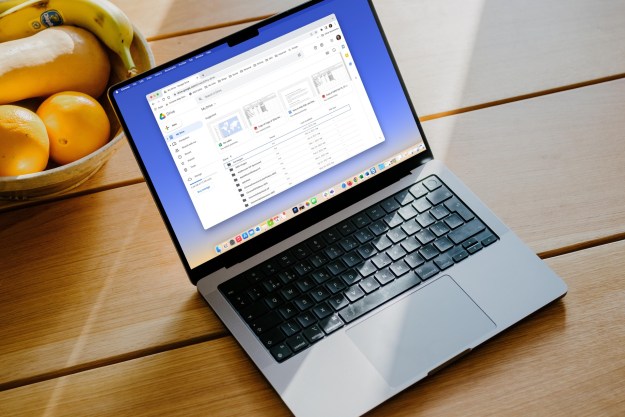
Google will soon allow users of its Chrome browser to read the content of webpages without distractions. Google had started testing a new Reader Mode on its experimental Chrome Canary browser and, if successful, the feature could make its way to a future public release of Chrome.
Reader Mode works by removing unnecessary content on a webpage that may distract users from the main content that they are trying to focus on, and the feature has been found on competing browsers like Firefox, Edge, and Apple’s Safari. Though Google’s Chrome browser for Android devices does support Reader Mode — it is actually called Simplified view — the feature has not been active on Google’s desktop offering until now.
If you are running Google’s Chrome Canary browser, you can enable Reader Mode and test out this feature. Provided you’re on the most recent Canary build, you can enable the feature by navigating to chrome://flags/#enable-reader-mode on your browser to toggle Reader Mode on. Chrome Canary will prompt you to restart the browser after Reader Mode has been enabled.
After you complete the setup of Reader Mode, you can begin to activate its functionality by navigating to any webpage. Once you navigate to a webpage, you can hit the menu button at the top right-hand corner on the Chrome Canary browser window, designated by three vertically stacked dots, and select “Distill page,” which will enable Reader Mode for the page. Once Reader Mode is enabled, distracting ads, photos, and other content that is deemed irrelevant will be removed.
At this time, Google does not have plans to enhance Reader Mode beyond this view, ZDNet reported. Reader Mode, as it is implemented on Chrome Canary at this time, is just a port of the Chrome for Android’s Simplified view feature. Other browsers, like Firefox, offer more robust features for Reader mode, including the option to customize how text is displayed.
Though Google may be late to the game with its support for a Reader Mode for the desktop — Apple’s Safari browser introduced the feature as early as 2010 — it’s still a nice addition for those who don’t want to be distracted with promoted content, ads, comments, and other elements on a webpage.
Editors' Recommendations
- 5 web browsers you should use instead of Google Chrome or Edge
- Google may build Gemini AI directly into Chrome
- Here’s yet another reminder that Incognito Mode doesn’t protect your data
- Google witness accidentally reveals how much Apple gets for Safari search
- Chrome is still a RAM killer, but this new feature would be a huge help

